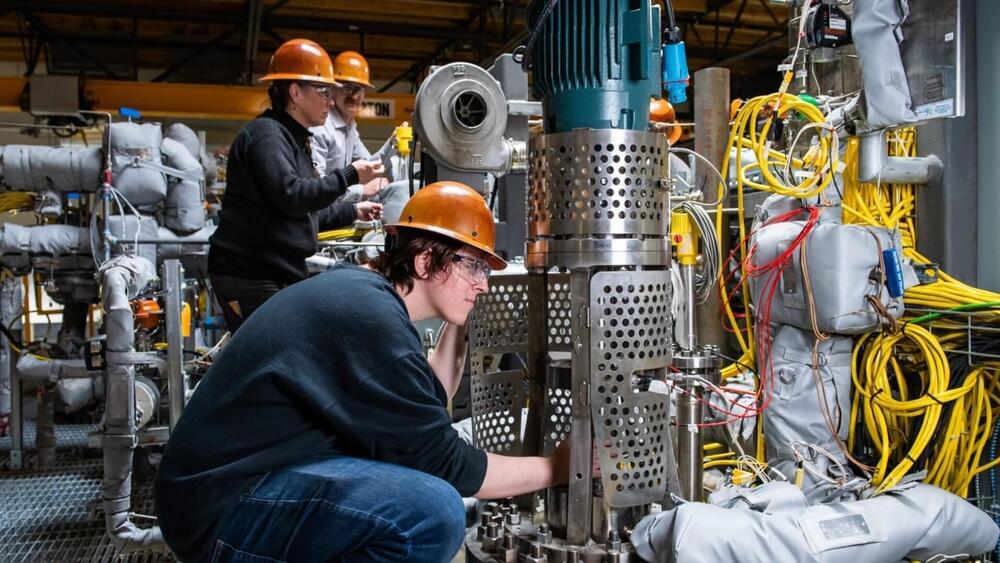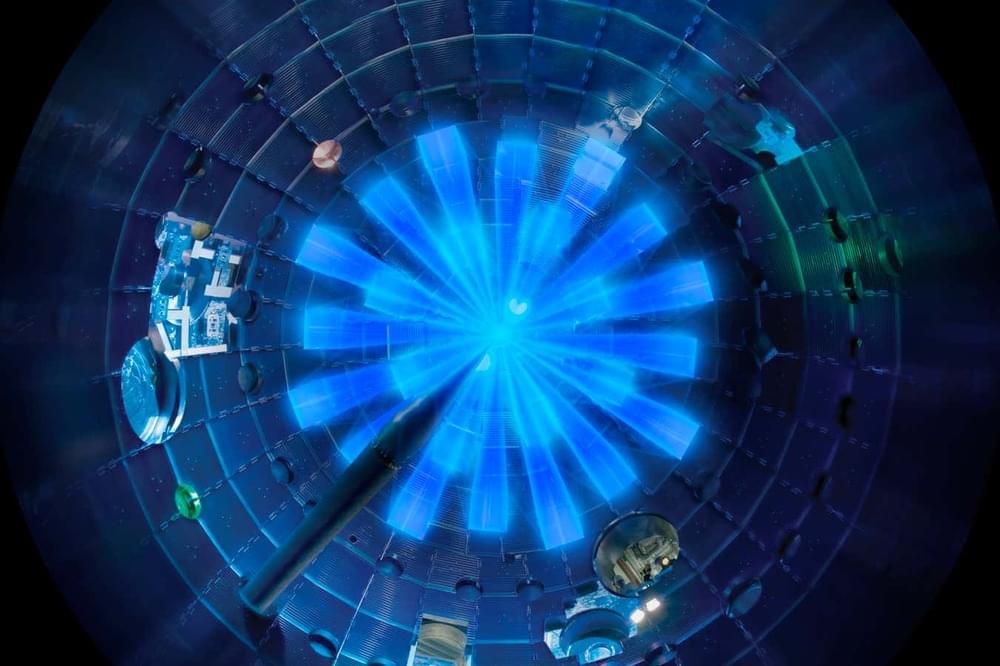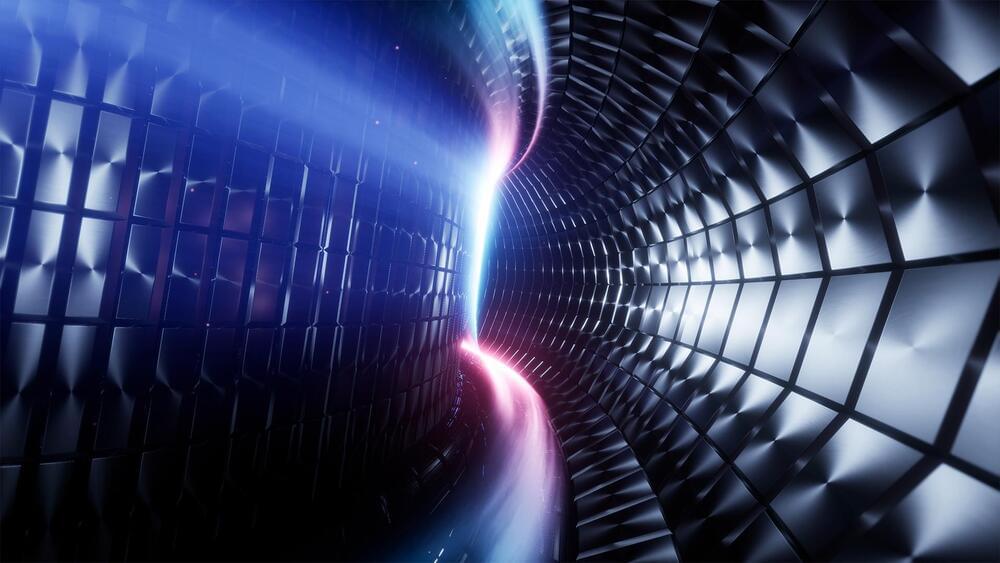This timelapse of future technology begins with 2 Starships, launched to resupply the International Space Station. But how far into the future do you want to go?
Tesla Bots will be sent to work on the Moon, and A.I. chat bots will guide people into dreams that they can control (lucid dreams). And what happens when humanity forms a deeper understanding of dark energy, worm holes, and black holes. What type of new technologies could this advanced knowledge develop? Could SpaceX launch 100 Artificial Intelligence Starships, spread across our Solar System and beyond into Interstellar space, working together to form a cosmic internet, creating the Encyclopedia of the Galaxy. Could Einstein’s equations lead to technologies in teleportation, and laboratory grown black holes.
Other topics covered in this sci-fi documentary video include: the building of super projects made possible by advancing fusion energy, the possibilities of brain chips, new age space technology and spacecraft such as a hover bike developed for the Moon in 2050, Mars colonization, and technology predictions based on black holes, biotechnology, and when will humanity become a Kardashev Type 1, and then Type 2 Civilization.
To see more of Venture City and to access the ‘The Future Archive Files’…
• Timelapse of Future Technology (Master List)
• Encyclopedia of the Future (Entries)
…visit my Patreon here: / venturecity.







